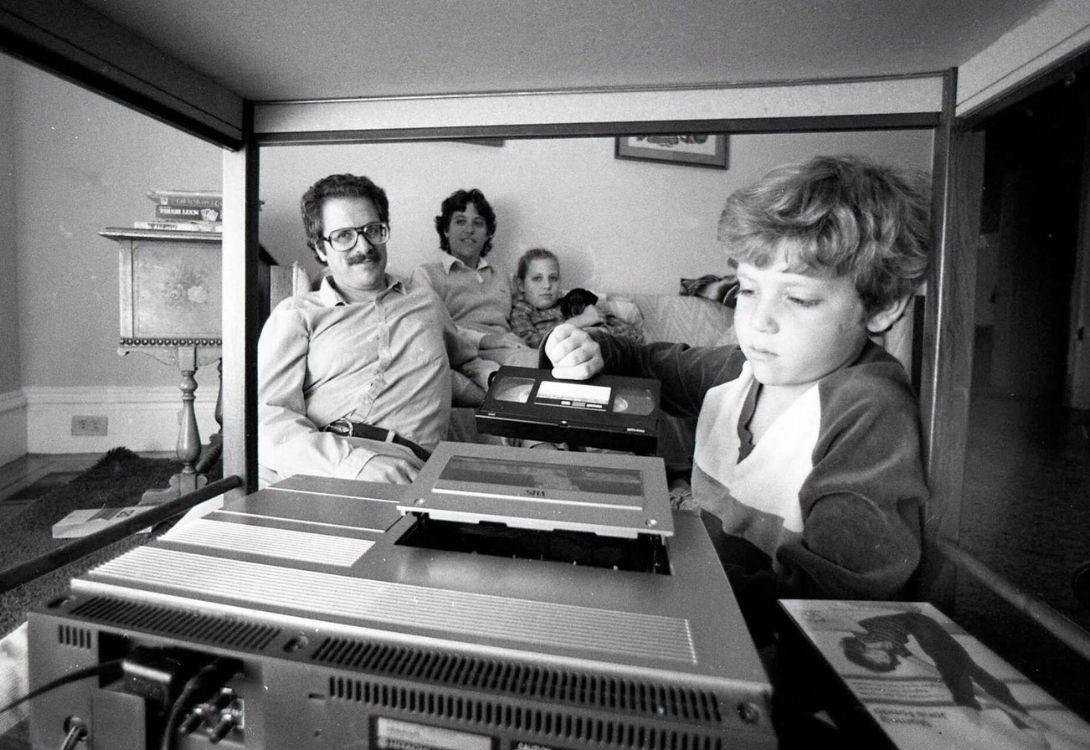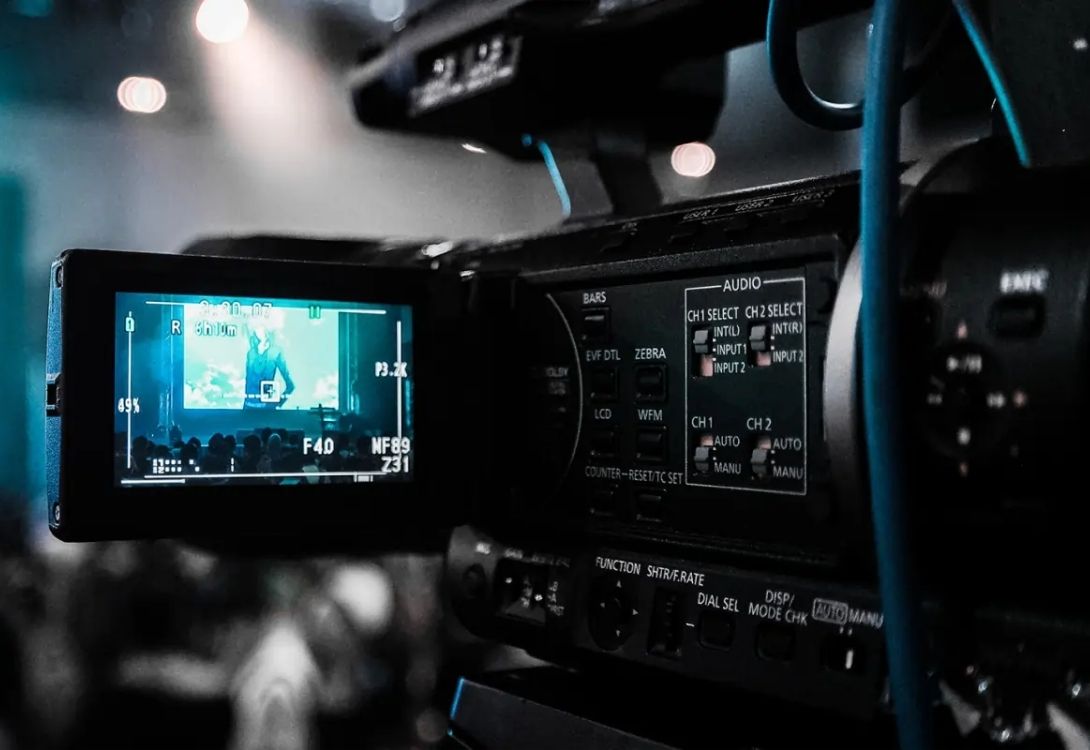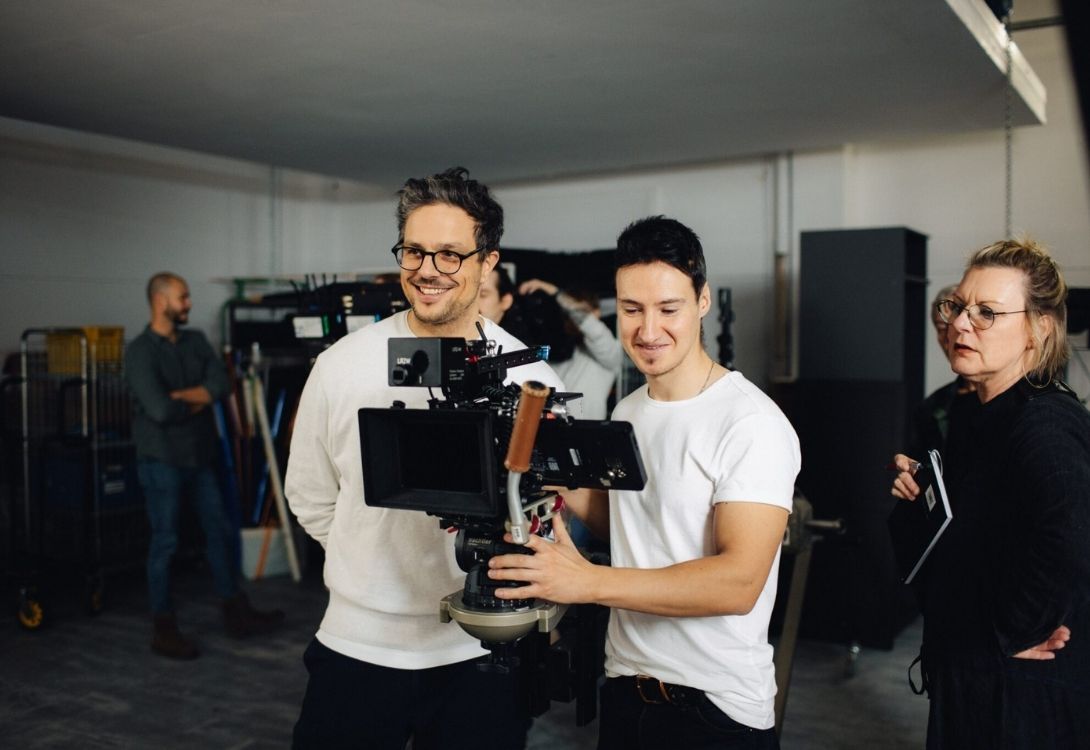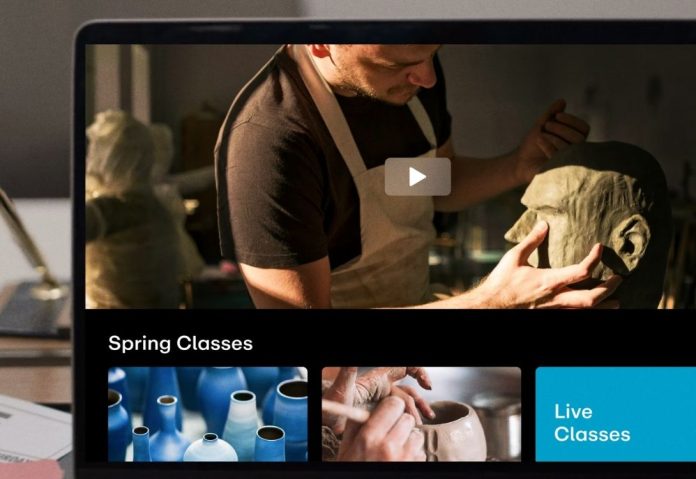From fleeting family moments to global commerce, Video evolved from a niche tech into a ubiquitous, indispensable medium. It stands as a potent medium for communication, narrative, and bonding, delivering insights and feelings with remarkable directness. At The Festival Sale, we’ve seen firsthand how the power of Video enhances engagement, making products more appealing and experiences more vibrant.
The Evolution of Video: A Journey Through Innovation
The journey of the Video began over a century ago with rudimentary moving images, evolving through various groundbreaking stages. Early pioneers, such as Eadweard Muybridge and the Lumière brothers, laid the groundwork for capturing motion with their experiments. The advent of television in the mid-20th century brought moving pictures into homes, forever changing how we consume news and entertainment.

The real turning point for personal video segments arrived with the 1970s invention of the VCR, granting individuals the unprecedented ability to record and replay their media. The camcorder, which democratized its production and caused a boom in home movies, came next. With the shift from analog cassettes to digital files in the late 20th and early 21st centuries, it underwent a digital metamorphosis that made editing, sharing, and higher-quality material simpler.
Key Milestones in Video Technology
- Early Motion Pictures (Late 1800s – Early 1900s): From kinetoscopes to cinema, laying the foundation for visual storytelling.
- Broadcast Television (Mid-1900s): Bringing live and recorded directly into homes globally.

- VCRs and Camcorders (1970s-1990s): Enabling personal recording and playback, empowering individual creators.
- Digital Video & DVDs (Late 1990s – Early 2000s): Transition to digital formats, improving quality and accessibility.
- Streaming and Online Platforms (2000s-Present): YouTube, Netflix, and social media platforms have democratized distribution and consumption, leading to the current multimedia explosion.
The Ubiquity of Video: Shaping Modern Life
It has seamlessly integrated into the very texture of modern daily living. It’s on smartphones, computers, televisions, and even smart mirrors. Its accessibility and versatility have made it an essential component of communication, education, marketing, and entertainment.

- Video in Communication and Social Interaction
From casual multimedia calls with family across continents to professional virtual meetings, it bridges geographical distances and fosters richer connections. Social media platforms are now dominated by their content, from short-form TikToks to Instagram Reels, allowing users to express themselves creatively and share experiences in dynamic ways. The visual nature of it makes messages more impactful and memorable than text alone.
- Video in Education and Learning
It has experienced an explosive rise in prominence within education. Online courses leverage streaming lectures, tutorials, and demonstrations to provide flexible and engaging learning experiences. Complex concepts can be explained visually, enhancing comprehension and retention. From kindergarten to postgraduate studies, these tools are transforming traditional classrooms into interactive learning environments.
- Video in Marketing and Business
For businesses, it is an indispensable marketing tool. It vividly animates product walkthroughs, brand sagas, consumer reviews, and marketing spots, ensuring they captivate viewers and forge genuine trust. For internal training, business communications, and even remote sales presentations, organizations use them. Humorous clips can articulate a brand’s message far more effectively than static images or text, driving engagement and conversions, a principle we strongly apply at The Festival Sale.
The Creative Power of Video: Storytelling Unleashed
Beyond its practical applications, it is a powerful artistic medium. For filmmakers, artists, and independent producers, it is the medium of choice for unveiling a spectrum of stories, dissecting multifaceted ideas, and igniting deep emotional connections. The blend of visuals, sound, music, and narrative creates an immersive experience unparalleled by other forms of media.

Rise of Independent Creators and Content Diversity
The widespread availability of multimedia production tools and distribution channels has fueled a surge in independent creators. Now, a smartphone and a concept are all one needs to craft and disseminate content worldwide. This has fostered incredible diversity in content, ranging from niche tutorials and vlogs to experimental art films and citizen journalism, offering perspectives often overlooked by traditional media.
Challenges and Considerations in the Video Landscape
Notwithstanding its enormous potential, the multimedia environment has drawbacks. The process of evaluating quality is made more difficult by cognitive overload, which is frequently caused by an abundance of material. Concurrently, pressing concerns such as copyright breaches, the proliferation of deepfake-driven misinformation, and privacy violations demand continuous vigilance.

Navigating the Future of Video
The future of electronic media is continually evolving. We are witnessing advancements in:
- Virtual Reality (VR) and Augmented Reality (AR): Creating truly immersive and interactive experiences, blurring the lines between digital and physical worlds.

- AI’s Efficiency Boost: Artificial intelligence is revolutionizing production by automating tasks, tailoring content, and even generating visuals from text, significantly streamlining operations.
- Interactive Video: Allowing viewers to make choices that influence the narrative or access additional information, enhancing engagement.
- Higher Resolutions and Accessibility: Continual improvements in its quality (4K, 8K) and efforts to make it accessible to all, including those with disabilities.
The narrative of it is still very much in progress. As technology advances, its potential to connect, educate, and entertain will only grow. Understanding its power and navigating its complexities will be crucial for both individuals and businesses. At The Festival Sale, we remain committed to leveraging this dynamic medium to connect with our audience and enhance their experience.
The Economic Impact of Video
A powerhouse of economic activity, this industry fuels growth in a multitude of diverse fields. Its expansive ecosystem—encompassing content creation, production studios, streaming platforms, hardware manufacturing, and advertising—collectively generates billions in revenue and sustains millions of livelihoods worldwide.

The burgeoning creator economy, fueled by platforms like YouTube and Twitch, allows individuals to monetize their multimedia content, creating new career paths and entrepreneurial opportunities. This economic ripple effect highlights the profound significance of multimedia beyond mere entertainment.
Video’s Role in Cultural Exchange and Global Understanding
It is essential for increasing cross-cultural communication and world understanding. Through documentaries, travel vlogs, and international films, people can experience different cultures, perspectives, and ways of life from anywhere in the world.

This visual exposure helps break down barriers, reduce misconceptions, and build empathy across borders. It is an unmatched medium for intercultural communication because it can use emotion and images to break down linguistic boundaries.
Ensuring Responsible Video Consumption and Creation
Due to the growing popularity and influence of Video, both creation and consumption must be done responsibly. The ability to critically observe is essential for distinguishing between accurate and inaccurate information, particularly given the widespread use of manipulated media.

Maintaining audience trust and enriching the digital sphere hinges on creators’ unwavering commitment to ethical conduct, privacy protection, securing consent, and ensuring honest representation. Harnessing the full, positive potential of multimedia will require promoting media literacy and moral production methods.
FAQs about Video
Q1: What is Video?
A1: It describes an electronic media that may be used to broadcast, play, record, copy, and show moving visual pictures. It encompasses a wide range of formats and uses, from short clips on social media to feature films.
Q2: How has Video impacted communication?
A2: It has revolutionized communication by adding visual and emotional layers. It makes communications more memorable and captivating than text or still photos, allows for real-time face-to-face interactions remotely (Video calls), and offers dynamic material for social media sharing.
Q3: What are some of the most important uses of Video nowadays?
A3: It is widely used in entertainment (streaming, movies), education (online courses, tutorials), marketing (advertisements, product demos), communication (electronic media conferencing, social media), and journalism (documentaries, news reports).
Q4: How has technology changed Video creation and consumption?
A4: Technological advancements, especially digital formats and the internet have democratized media. With the availability of high-quality creative tools on smartphones and the ease with which multimedia can be distributed globally and consumed on-demand through platforms like YouTube and Netflix, user-generated content is on the rise.
Q5: What are future trends in Video technology?
A5: Future trends in multimedia include advancements in Virtual Reality (VR) and Augmented Reality (AR) experiences, increased use of AI for creation and personalization, development of interactive multimedia formats, and continued improvements in resolution and accessibility.





